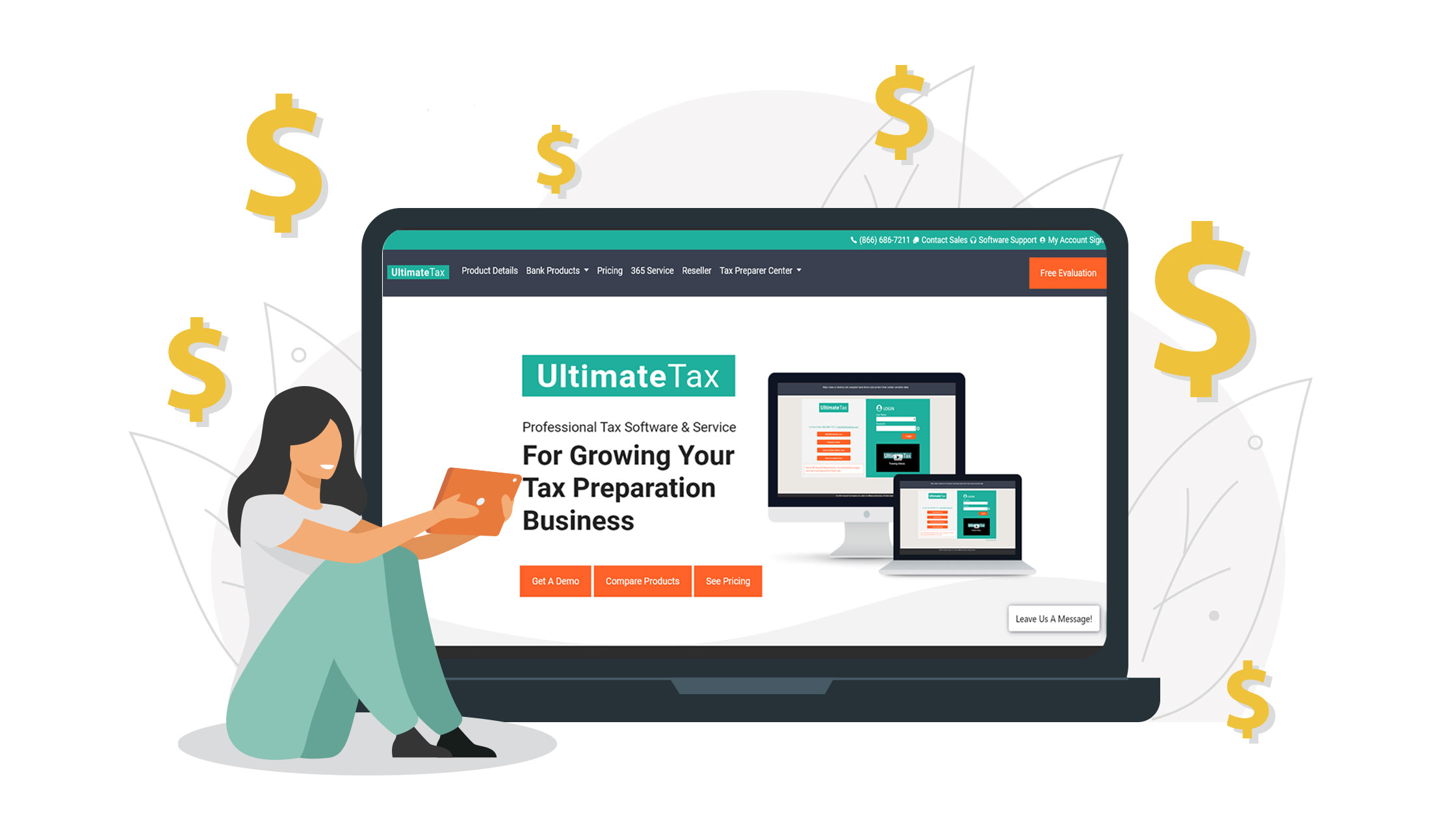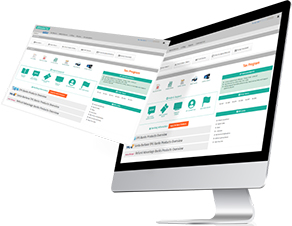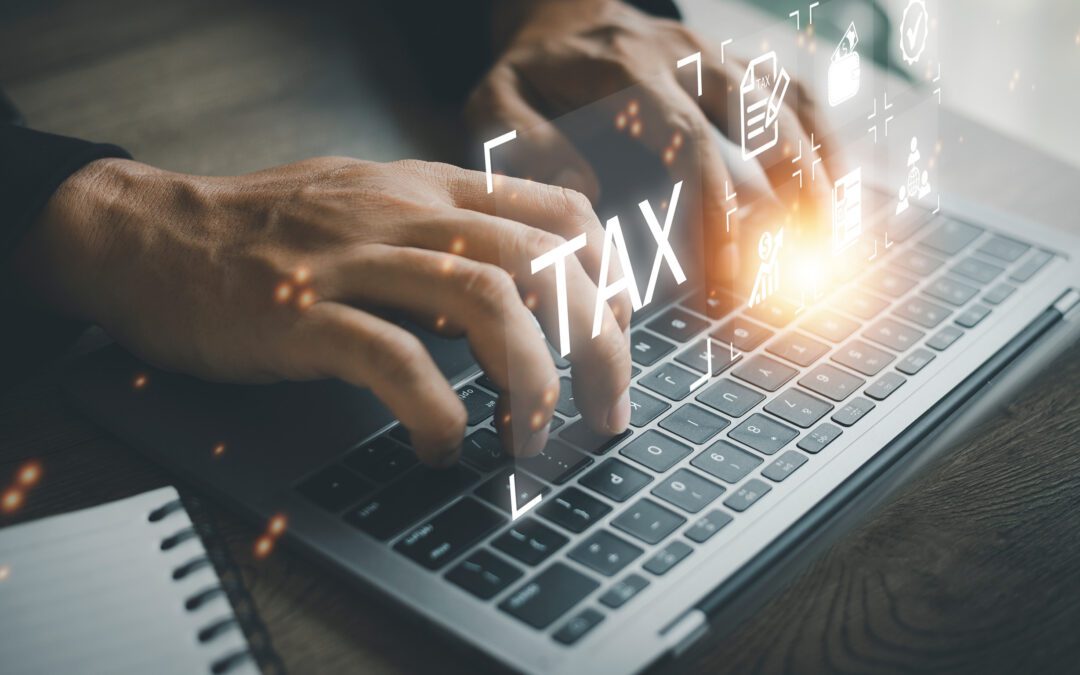1. Refusing To Adopt Cloud-based Software
The tax preparation software industry is probably one of the slowest industries to embrace cloud technology for software needs. There are items to be concerned about, however, if banking, finance, trading, healthcare and other sensitive data can reside in the cloud, isn’t it time to change thinking on this?
Tax software is an annual software with many updates each year. The platform may not change, but the forms do. With the updates and enhancements each season, it makes sense to have software easily updated for all users at the same time.
Another challenge with desktop installed software is the office network which can be expensive and temperamental. All it takes is one bad windows update or a computer that needs to be restarted to mess up the whole infrastructure. With the cloud, the only need is a broadband internet connection. The tax software company manages all of the security needs. Using the cloud fixes these items.
If a computer goes down during tax season, no worries. Just hook up another computer and continue working where you left off.
Online software solves other issues as well, such as backing up tax data. Using the cloud opens opportunities to other applications that can help increase productivity and help grow business.
The cloud is where the future of tax software resides.
2. Saving Money Only For The Sake Of Trying To Save
For the clients who are looking to save money for their business, saving money on tax software is one area to save. Though, there are also many other areas to look at when evaluating budget cuts the company.
For this purpose, is saving a few hundred dollars on changing tax software the right decision for all businesses? Clients must consider the amount of training they and their staff will need. As with any business, the cost of software is part of the value of the company. It is a necessity.
Clients can evaluate a cost per return. If an office completes 500 returns and the software cost $588, then you are at $1.18 per return. Is this cost in line with other expenses?
3. Creating Unreal Expectations
Looking for new tax software because clients are looking for new features is one thing. However, looking for a new program due to how the software handles one little item is different.
Twenty years ago, there were over 100 tax programs available, in 2018, there are around 30 tax programs. Preparers will need to adapt if they decide to change programs. Each of these programs has thousands of users and switching to a program that may seem simple to the preparer might cause issues for many other users. However, changing tax software with an open mind could lead to improvements in workflow.
Preparers looking for a tax program that will do everything for them may need to reevaluate their expectations. Today’s tax software is excellent at filling in the data where it needs to be if you enter the information into the correct place. No tax program is going to do it all though.
Preparing a tax return is like a puzzle. The client provides the preparer with the pieces, and it is up to the preparer to assemble it using the tax software as a tool to help.
4. Not Training Employees
Even though today’s tax programs are very intuitive, clients still have to know what you are doing as a preparer. For the owner of the office who has employees, it is their responsibility to provide their employees with the training needed.
Training how to do taxes is entirely something different than understanding the tax software. Many of today’s programs have training in the form of user guides, videos, and a knowledge base. It is essential to give employees ample time to understand the decision to go with particular software.
5. Not Understanding Your Own Business Needs
Understanding the type of office is essential. Does the office process 1040 tax returns only, or does the office provide a full suite of products?
Determine what the office is going to be but be flexible enough to know when to reevaluate. Many software packages have different options based on the client’s needs.
Don’t overbuy. Don’t buy solutions the office will never need. Buy what the office is going to use. All tax software options are going to produce the same result, though they will take different paths to the end. Just understand what for the office needs before making a decision.
Ultimately you are the decision maker. Make a decision and stand behind it. If you know what you are looking for, we provide the information you need to make an informed decision on our site.
Using UltimateTax for your tax software needs could be the right decision based on your needs. We provide software to tax professionals all over the country.
Find what others in the industry are saying about UltimateTax by checking Google reviews!






